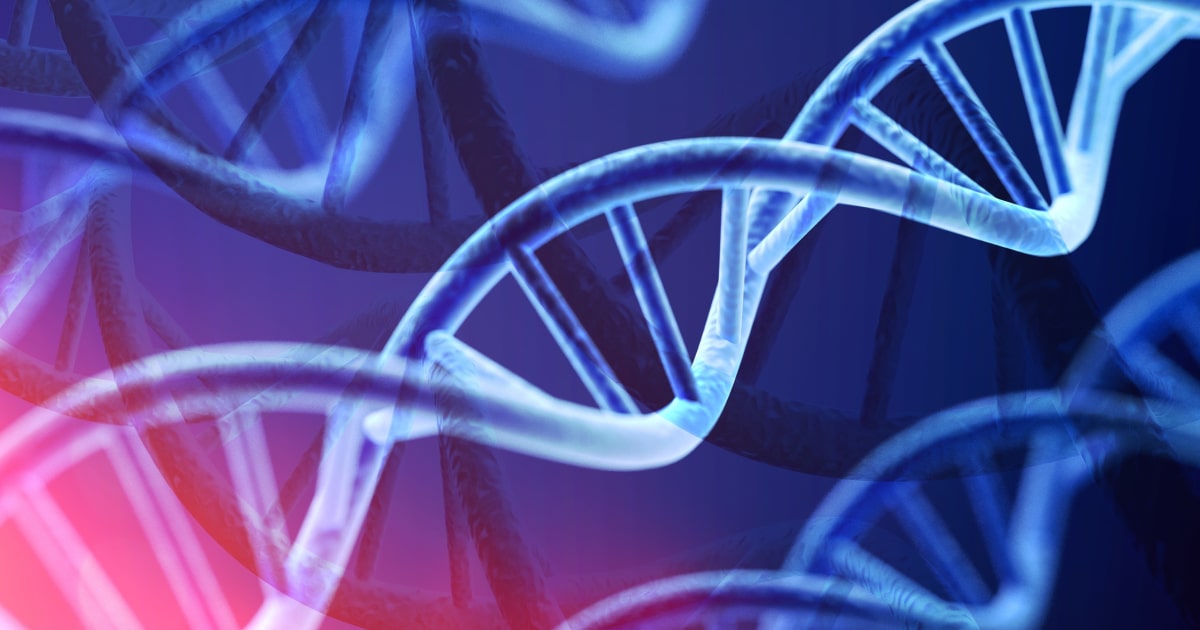
Expert Reviewed By: Dr. Brandon Colby MD
Acanthocytosis due to band 3 is a rare, inherited blood disorder characterized by abnormally shaped red blood cells called acanthocytes. This condition affects the integrity of the red cell membrane, leading to various clinical features and complications. Understanding, diagnosing, and using genetic testing for this disease is essential in providing appropriate care and management to affected individuals. This article will explore the intricacies of this disorder, its diagnosis, and the role of genetic testing in its management.
Understanding Acanthocytosis due to Band 3
Acanthocytosis due to band 3 is a subtype of hereditary elliptocytosis, a group of disorders affecting the red blood cell membrane's integrity. The red blood cell membrane is crucial in maintaining the cell's shape, flexibility, and overall function. In individuals with this condition, the red blood cells become irregularly shaped, leading to various clinical features and complications.
Some of the clinical features associated with this disorder include anemia, jaundice, and an enlarged spleen (splenomegaly). Complications may include gallstones, leg ulcers, and an increased risk of infections. Additionally, related conditions such as hereditary pyropoikilocytosis and stomatocytosis may also be present in individuals affected by this disorder.
Diagnosing Acanthocytosis due to Band 3
Diagnosing acanthocytosis due to band 3 involves a thorough examination of the patient's medical history, physical examination, and laboratory tests. Some of the laboratory tests used to diagnose this condition include:
- Complete blood count (CBC): This test measures the number of red blood cells, white blood cells, and platelets in the blood. In individuals with this disorder, the red blood cell count may be low, indicating anemia.
- Peripheral blood smear: This test involves examining a sample of the patient's blood under a microscope to evaluate the shape and size of the red blood cells. In individuals with this disorder, the red blood cells may appear irregularly shaped or elongated.
- Osmotic fragility test: This test measures the red blood cells' ability to withstand changes in the surrounding environment, such as changes in salt concentration. In individuals with this disorder, the red blood cells may be more fragile and prone to breaking apart.
Once the diagnosis has been established, appropriate treatment and management strategies can be implemented to improve the patient's quality of life and reduce the risk of complications.
Genetic Testing and its Role in Acanthocytosis due to Band 3
Identifying the Genetic Cause
Genetic testing plays a crucial role in understanding and managing acanthocytosis due to band 3. By identifying the specific genetic mutation responsible for the disorder, healthcare providers can better understand the underlying cause and provide more targeted treatment options. In the case of this disorder, the genetic mutation affects the band 3 protein, which is essential for maintaining the red blood cell membrane's integrity.
Confirming the Diagnosis
Genetic testing can also be used to confirm the diagnosis of acanthocytosis due to band 3, especially in cases where the laboratory tests are inconclusive or the patient's clinical features are atypical. By analyzing the patient's DNA and identifying the presence of the specific genetic mutation, healthcare providers can confirm the diagnosis and proceed with appropriate treatment and management strategies.
Family Planning and Prenatal Testing
For individuals with a known family history of acanthocytosis due to band 3 or other hereditary elliptocytosis disorders, genetic testing can be beneficial in making informed decisions about family planning. Couples who are carriers of the genetic mutation can undergo genetic counseling to understand the risks and options for having children with the disorder. Additionally, prenatal testing can be performed to determine if the fetus is affected by the condition, allowing for early intervention and management strategies.
In conclusion, understanding, diagnosing, and using genetic testing for acanthocytosis due to band 3 is essential in providing appropriate care and management to affected individuals. By identifying the specific genetic mutation responsible for the disorder, healthcare providers can better understand the underlying cause, confirm the diagnosis, and provide more targeted treatment options. Furthermore, genetic testing can aid in family planning and prenatal testing, allowing for informed decisions and early intervention strategies.
About The Expert Reviewer
Dr. Brandon Colby MD is a US physician specializing in the personalized prevention of disease through the use of genomic technologies. He’s an expert in genetic testing, genetic analysis, and precision medicine. Dr. Colby is also the Founder of and the author of Outsmart Your Genes.
Dr. Colby holds an MD from the Mount Sinai School of Medicine, an MBA from Stanford University’s Graduate School of Business, and a degree in Genetics with Honors from the University of Michigan. He is an Affiliate Specialist of the American College of Medical Genetics and Genomics (ACMG), an Associate of the American College of Preventive Medicine (ACPM), and a member of the National Society of Genetic Counselors (NSGC)